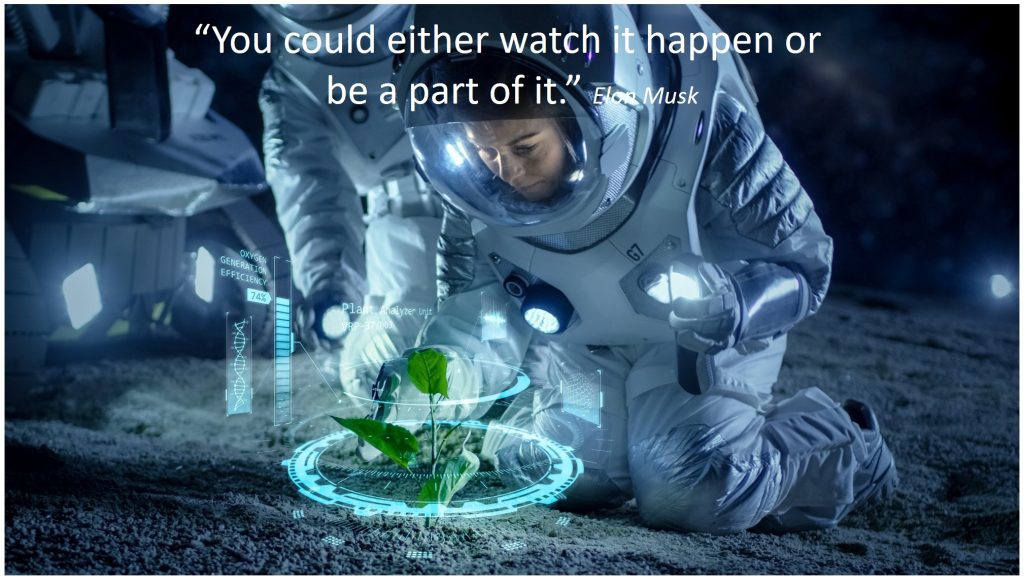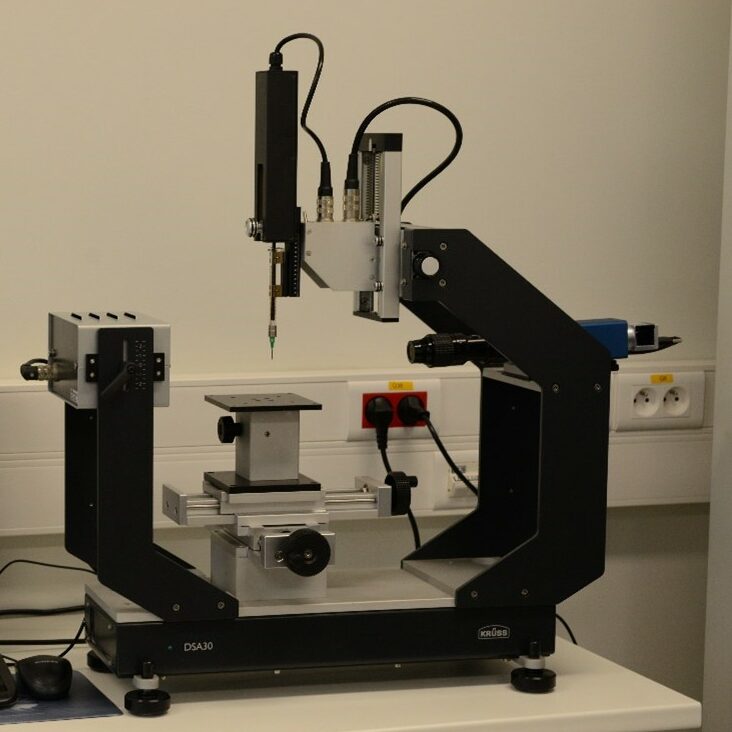
In the last ten years, space organisations globally, along with new market players, have made it easier to access space for scientific and technological research. This movement towards making space more accessible has attracted a broader spectrum of scientists who were previously unaware of the possibilities for conducting experiments in space. This growing group includes experts from various fields such as biology, physiology, pharmaceutical chemistry, fluid physics, soft matter, and thermodynamics, although this list is far from complete.
However, many researchers from this broadened community may not completely grasp the intricate requirements for setting up and carrying out space experiments. CRESTLAB has been established to provide an extensive research platform to assist both academic and industrial sectors in designing, preparing, and performing benchmark experiments on Earth, which can then be modified for different space environments—whether it be in microgravity, lunar or Martian gravity, or hyper gravity.
CRESTLAB is structured around four specialized laboratories—Life Sciences, Material Sciences, Physical Sciences, and Data Science—along with two technical workshops. These facilities boast advanced instruments and support services that cover all phases of space experiment planning, from the initial engineering design and breadboard construction to early testing and data analysis.
Along with the technical support offered by our experts at CREST, here is a list of some major equipment available at CRESTLAB to help design space experiments:
Drop shape analyzer and surface tension DSA-30
Brand: KRUSS
Description: The Standard configuration of the DSA30 Drop Shape Analyzer is designed for the semi-automatic measurement of the static and dynamic contact angle and the scientific assessment of wettability by means of the surface free energy (SFE). The instrument is well-suitable for the reliable quality assurance of surface pre-treatment processes as well as the development and optimization of wetting and coating procedures.
Tasks and applications
- Characterization of surface pre-treatment processes
- Investigation of the adhesion and stability in bonding and coating processes
- Checking the wettability of plastic, glass, ceramic, wood, or metal
- Validating surface cleanliness
- Measuring methods and options
- Contact angle between a liquid and a solid
- Surface free energy from contact angles of several test liquids using all common models
- Static contact angle, advancing angle, and receding angle
- Surface tension and liquid-liquid interfacial tension using pendant drop or constrained sessile drop

